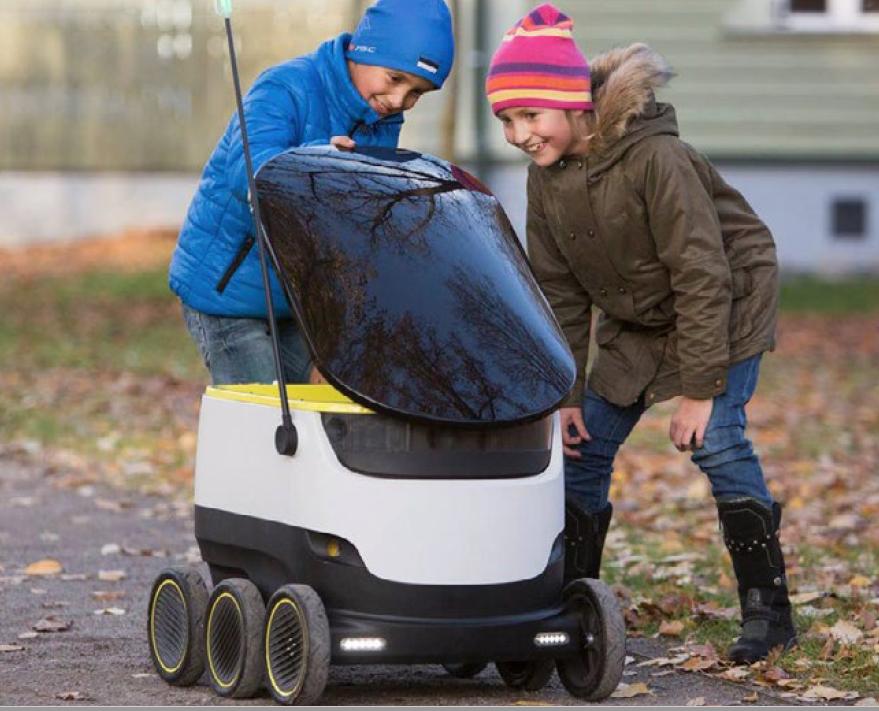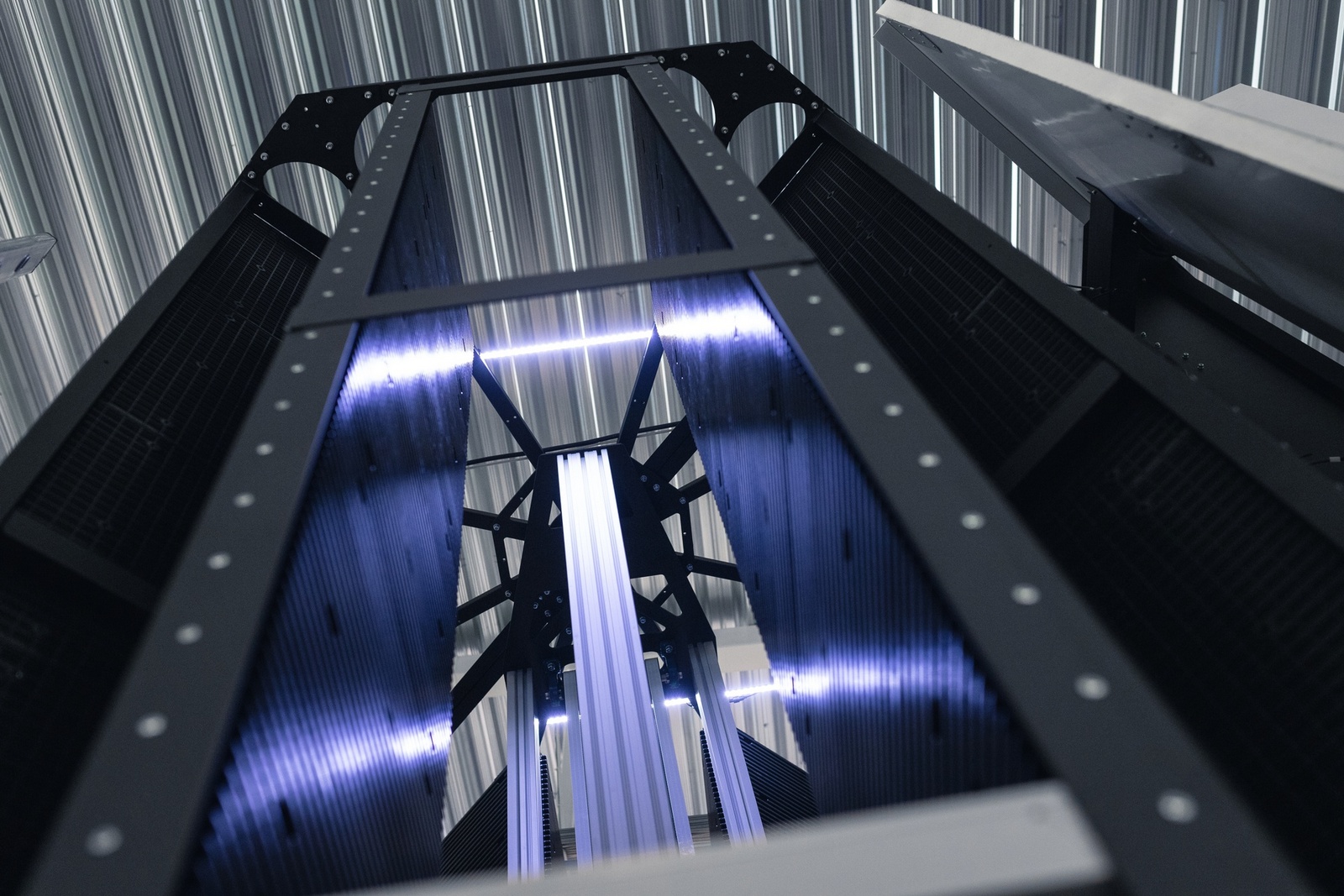Today, it is quite difficult to find a public
service that does not include the prefix ‘e-’:
prescriptions, driver’s license, education,
paying taxes, creating and managing
companies, signing documents, voting at
local and general elections, etc. In 2005,
Estonia became the first country in the
world where e-voting was used at general
elections.
One of the reasons behind Estonia’s
IT success is the fact that the Singing
Revolution that led to the Restoration of
Independence had both people of the arts
and software engineering backgrounds at
the helm. This meant that in the beginning,
the state’s top officials included people
who could understand and implement
innovative IT solutions. This actually
brings the roots of Estonia’s digital
revolution back to the Soviet Union in the
1960s, when the Institute of Cybernetics
was established at Tallinn University of
Technology. Without knowledge, no
important changes occur in society.

Children with the older model of the Starship Technologies robot. Photo by: Starship Technologies


